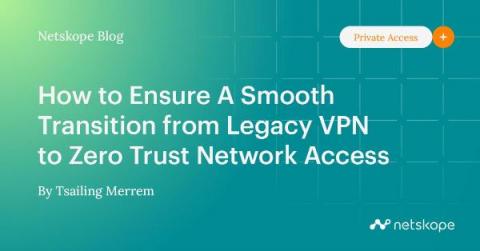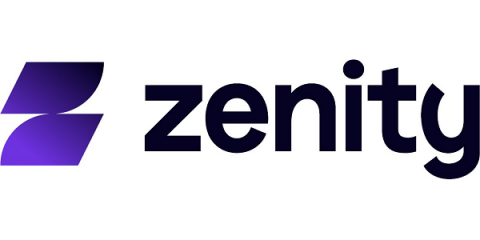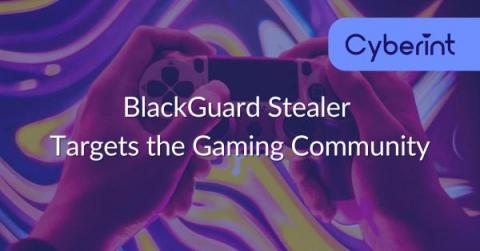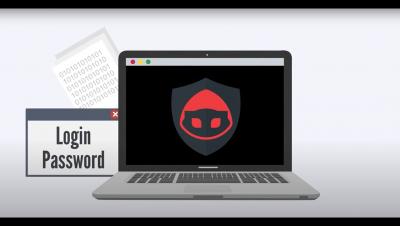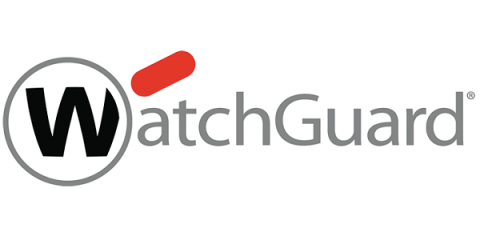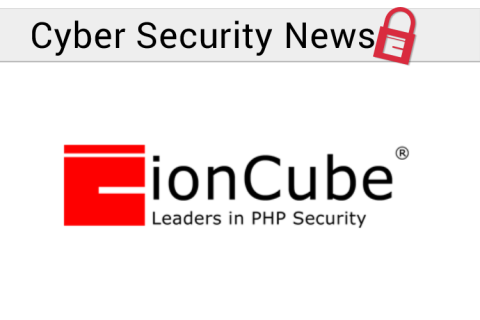How to Ensure a Smooth Transition from Legacy VPN to Zero Trust Network Access
Behind tremendous interest in zero trust security and its crucial role in the SASE journey, many practitioners choose zero trust network access (ZTNA) as their first step toward transformation. If you are planning a ZTNA project, here are some ideas and tips that can increase your odds of success and provide a smooth transition from legacy remote access VPNs to ZTNA.


